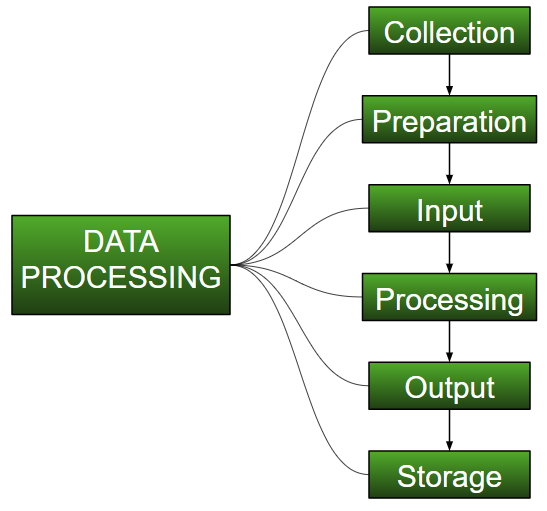John Doe
Managing DirectorFaucibus, faucibus beatae cubilia dis egestas eveniet condimentum

Data processing is a fundamental aspect of today’s digital age. It involves the conversion of raw data into meaningful information, making it accessible and useful for decision-making and analysis. Whether in business, science, or everyday life, data processing plays a crucial role in transforming vast amounts of information into actionable insights.
The process typically begins with data collection, where data is gathered from various sources, including PDF, JPEG, , databases, or user inputs. This raw data may be messy and unstructured, so data processing involves cleaning, organizing, and structuring the information to ensure accuracy and consistency.
Once the data is prepared, it can be subjected to various processing techniques, such as aggregation, transformation, and statistical analysis. These methods help reveal patterns, trends, and relationships within the data. Data processing may also involve the application of algorithms and machine learning models to extract valuable knowledge and predictions.
Data processing has a wide range of applications, from improving customer experiences and optimizing business operations to advancing scientific research and healthcare. In a world inundated with data, effective data processing is the key to unlocking the potential of information and driving innovation and informed decision-making.

Data analysis is the systematic examination of data to extract valuable insights, discover patterns, and make informed decisions. In an era characterized by a deluge of information, data analysis is a critical process that helps organizations and individuals make sense of the vast amounts of data at their disposal.
The data analysis process typically involves several key steps. First, data is collected from various sources, such as databases, surveys, sensors, or digital interactions. The collected data can be both structured and unstructured, ranging from numbers and text to images and videos. After collection, data must be cleaned and prepared, ensuring it is accurate and in a format suitable for analysis.
Data analysis techniques encompass a broad spectrum of methods, including statistical analysis, machine learning, data mining, and visualization. These techniques allow analysts to uncover trends, relationships, and anomalies within the data. By examining historical data and applying predictive models, data analysis can also offer insights into future trends and outcomes.
Data analysis is applicable in diverse fields, from business and finance to healthcare, science, and social sciences. It can assist in making data-driven decisions, enhancing operational efficiency, understanding customer behavior, and advancing scientific research. In essence, data analysis empowers individuals and organizations to turn data into knowledge, enabling them to solve problems, seize opportunities, and make well-informed choices in an increasingly data-driven world.
